Home>Interior Design>What Colors Make A Small Room Look Bigger?
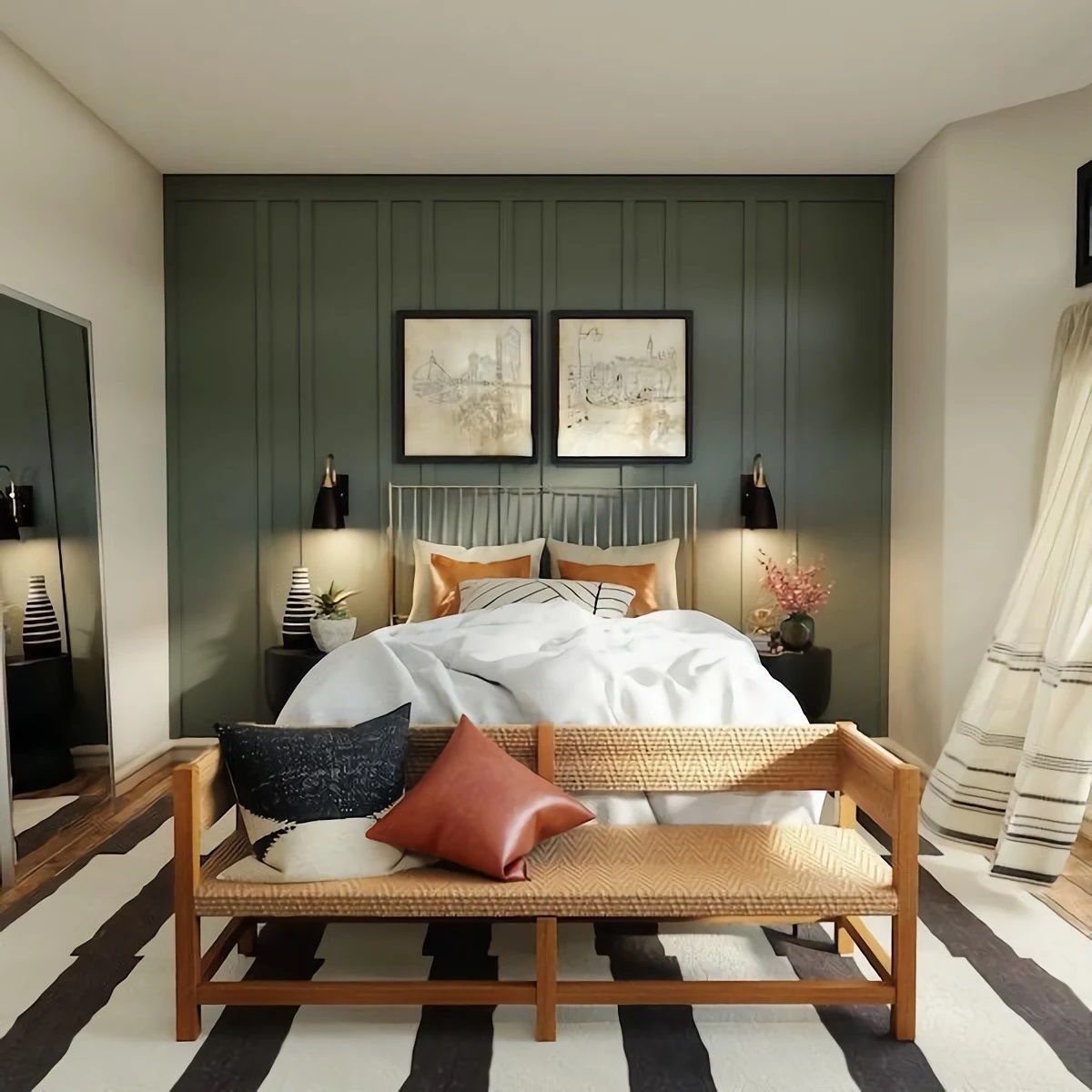

Interior Design
What Colors Make A Small Room Look Bigger?
Modified: May 6, 2024
Discover expert tips and tricks on interior design to make your small room look bigger. Learn about the best colors to create the illusion of space.
(Many of the links in this article redirect to a specific reviewed product. Your purchase of these products through affiliate links helps to generate commission for Storables.com, at no extra cost. Learn more)
Introduction
When it comes to interior design, one of the key considerations is how to make a small room appear larger. While there are various techniques and design principles that can be applied, one of the most effective ways to create the illusion of space is through the use of color. The right choice of colors can open up a room, making it feel more expansive and airy. In this article, we will explore the colors that can make a small room look bigger and discuss how they work their magic.
Color has a significant impact on our perception of space. By understanding how different colors are perceived, we can strategically choose colors that visually expand a room. The primary goal is to create a sense of depth and openness, tricking the eye into perceiving a larger area than what actually exists. Let’s explore some of the colors and color schemes that can help achieve this effect.
Key Takeaways:
- Light colors such as pale shades, whites, and pastels can visually expand a small room, creating a bright and airy feel. These versatile colors reflect more light, making the space feel more spacious and open.
- The strategic use of mirrors can greatly enhance the perception of space in a small room. Placing mirrors opposite windows or creating a mirror gallery wall can maximize the reflective properties, making the room appear larger and more open.
Read more: What Colors Make A Living Room Look Bigger
Light Colors
Light colors are often the go-to choice when trying to make a small room appear larger. They reflect more light, creating an open and airy feel. Here are some light color options that work wonders in small spaces:
- Pale Shades: Light shades of colors such as blues, greens, pinks, and yellows can make a room feel more spacious. These soft hues have a calming effect and can visually expand the boundaries of a small room.
- Whites and Off-Whites: White is a classic choice for creating a sense of spaciousness. It reflects light and makes a room feel brighter and more open. Off-white colors, such as cream and ivory, can also achieve a similar effect while adding a touch of warmth.
- Pastel Colors: Soft pastel colors, like mint green, baby blue, and pale pink, are excellent choices for small rooms. They bring a light and delicate touch to the space while creating a sense of openness.
By using light colors on the walls, floors, and ceilings, you can maximize the feeling of space in a smaller room. These colors also have the added benefit of being versatile, allowing you to easily incorporate different furniture and decor styles without overwhelming the space.
Neutrals
Another effective approach to making a small room look bigger is to use neutral colors. Neutrals create the illusion of continuity and harmony, making the space feel more cohesive and expansive. Here are three popular neutral colors that can work wonders in a small room:
- Beige: Beige is a warm and inviting neutral color that can make a small room feel cozy and spacious at the same time. It works well with a variety of design styles and can be paired with both light and dark accents.
- Gray: Gray is a versatile neutral that comes in a wide range of shades, from light gray to charcoal. Lighter shades of gray can make a room feel open and airy, while darker shades can add depth and sophistication.
- Taupe: Taupe is a warm gray-brown hybrid that brings a touch of elegance to a small room. It has the ability to visually expand the space while creating a serene and calming atmosphere.
Neutrals provide a timeless and versatile backdrop for any design scheme. They can be used in combination with other colors or as the main focus, depending on the desired aesthetic. The key is to choose a neutral shade that complements the overall style and functionality of the room.
Cool Colors
Cool colors are known for their ability to create a sense of tranquility and spaciousness. They have a visually receding effect, making them ideal for making small rooms appear larger. Here are some cool colors that can work wonders in a small space:
- Blues: Shades of blue, such as sky blue and aqua, create a calming and relaxing atmosphere. Lighter shades of blue can make walls visually recede, giving the illusion of a larger space. Blue also pairs well with other colors, allowing for versatile design options.
- Greens: Green is a refreshing color that brings a natural and soothing ambiance to a small room. From soft mint to deep emerald, green can visually expand the space and create a sense of harmony. It works exceptionally well in rooms with an outdoor view.
- Purples: Light shades of purple, like lavender or lilac, can add a touch of elegance and spaciousness to a small room. Purple has a visually calming effect and pairs well with other cool colors, creating a harmonious and visually appealing environment.
Cool colors have a calming effect on the mind and can create an atmosphere of serenity and tranquility. By incorporating shades of blue, green, or purple in a small room, you can achieve a visually expansive and inviting space.
Light, neutral colors like white, cream, and soft pastels can make a small room look bigger by reflecting more natural light and creating a sense of openness. Avoid dark, bold colors that can make the space feel more closed in.
Warm Colors
While warm colors are often associated with creating a cozy and intimate atmosphere, they can also be used strategically to make a small room appear larger. Warm colors have a visually advancing effect, making walls and surfaces appear closer. Here are some warm colors that can help in creating the illusion of space:
- Yellows: Light shades of yellow, such as buttercream or pale yellow, can make a small room feel bright and cheerful. Yellow has the ability to reflect natural light, creating a sense of openness and airiness. It can be paired with neutral tones to create a warm and inviting atmosphere.
- Oranges: Light, muted shades of orange, such as peach or apricot, can add warmth and vibrancy to a small room. Orange has a stimulating effect and can make a space feel energetic and lively. It works well as an accent color or in combination with neutral tones.
- Reds: Light or medium shades of red, such as coral or blush, can add a sense of depth and warmth to a small room. Red has the ability to make surfaces appear closer, creating a cozy and intimate atmosphere. It can be used as an accent color or in combination with neutrals.
Warm colors can add a sense of personality and character to a small room. By strategically incorporating yellows, oranges, or reds, you can create a visually interesting and inviting space.
Read more: What Color Curtains Make A Room Look Bigger
Monochromatic Color Scheme
Another effective approach to make a small room look bigger is to use a monochromatic color scheme. This design technique involves using different shades and tones of the same color throughout the room. By doing so, you create a sense of continuity and harmony, making the space feel larger and more cohesive.
When using a monochromatic color scheme, it is important to choose a color that is light or neutral in tone. Shades like whites, creams, and light grays work well in creating a visually expansive environment. By using different shades of the same color, you can add depth and dimension to the room without overwhelming the space with contrasting hues.
For example, in a small bedroom, you can use various shades of light blue. Paint the walls a soft sky blue, choose furniture in a slightly darker shade of blue, and incorporate accents in a pale turquoise. This monochromatic approach will create a seamless flow within the room and visually expand the space.
When incorporating a monochromatic color scheme, consider using different textures and patterns to add visual interest and prevent the room from appearing flat. This can be done through the use of textured fabrics, patterned rugs, and textured wall finishes.
Overall, a monochromatic color scheme can be an effective way to create the illusion of space in a small room. By using different shades and tones of the same color, you can achieve a harmonious and visually expansive environment.
Use of Mirrors
In addition to color choices, the strategic use of mirrors can greatly enhance the perception of space in a small room. Mirrors have the ability to reflect light and create the illusion of depth, making a room appear larger and more open.
One effective way to use mirrors is by placing a large mirror on a wall opposite a window. This allows the mirror to reflect natural light and bring it into the room, making it feel brighter and more spacious. Mirrors can also be placed on walls adjacent to windows to further enhance the natural light reflection.
Another technique is to create a mirror gallery wall, where multiple mirrors of different shapes and sizes are grouped together. This not only adds visual interest but also creates the illusion of depth and a larger space. The reflections from the mirrors bounce off each other, giving the impression that the room extends beyond its actual boundaries.
In smaller rooms like bathrooms or entryways, using a large mirror as a focal point can instantly open up the space. This creates the illusion of a larger area and adds a touch of elegance and functionality to the room.
When positioning mirrors, consider placing them in areas where they can reflect interesting or visually appealing elements of the room, such as artwork, statement furniture, or a nice view from a window. This not only enhances the visual depth but also draws attention to the desirable aspects of the space.
By strategically incorporating mirrors, you can maximize the perception of space in a small room. The reflective properties of mirrors can create a brighter, more open, and expansive environment, giving the illusion of a larger space.
Conclusion
When it comes to designing a small room, color plays a vital role in creating the illusion of space. By strategically choosing the right colors, you can visually expand the boundaries of a small room and create a more open and airy feel. Light colors such as pale shades, whites, and pastels are ideal choices as they reflect more light and make a room feel brighter and more spacious.
Neutrals like beige, gray, and taupe can also create a sense of continuity and harmony, making a small room feel more expansive. These versatile colors serve as a timeless backdrop for various design styles and can be paired with different accent colors and textures.
Cool colors like blues, greens, and purples have a visually receding effect, making walls appear farther away and creating a sense of depth. Warm colors such as yellows, oranges, and reds have a visually advancing effect, making surfaces appear closer and creating a cozy and intimate atmosphere.
In addition to color choices, the strategic use of mirrors can significantly enhance the perception of space in a small room. Mirrors reflect light and create the illusion of depth, making a room appear larger and more open. Placing mirrors opposite windows or creating mirror gallery walls can maximize the reflective properties and visually expand the space.
In conclusion, by incorporating light colors, neutrals, cool or warm colors, and mirrors, you can transform a small room into a visually larger and more inviting space. The key is to create a balanced and harmonious color scheme that suits your personal style and enhances the functionality of the room. With careful consideration and thoughtful design choices, you can make a small room feel more spacious and create a comfortable and visually pleasing environment.
Excited to expand on the design tips shared here? Dive deeper into enhancing your space with our upcoming features. Discover innovative ways to reflect elegance and amplify light in any room with our carefully selected mirrors, perfect for adding a touch of sophistication. Also, don't miss out on our guide to the best LED mirrors, where style meets functionality, ensuring your spaces are lit beautifully and efficiently. Both articles promise to offer practical solutions and stylish ideas to transform your living areas.
Frequently Asked Questions about What Colors Make A Small Room Look Bigger?
Was this page helpful?
At Storables.com, we guarantee accurate and reliable information. Our content, validated by Expert Board Contributors, is crafted following stringent Editorial Policies. We're committed to providing you with well-researched, expert-backed insights for all your informational needs.
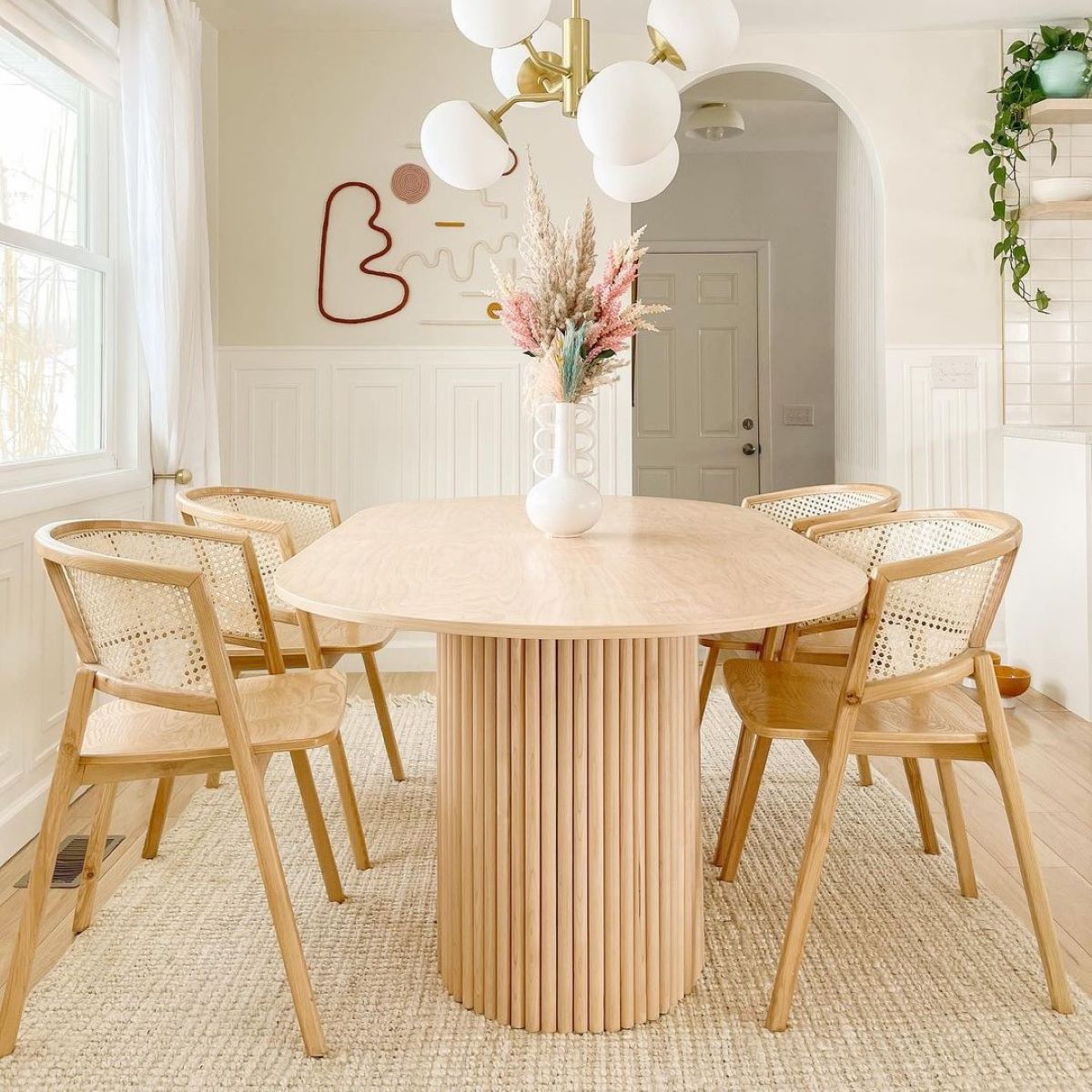
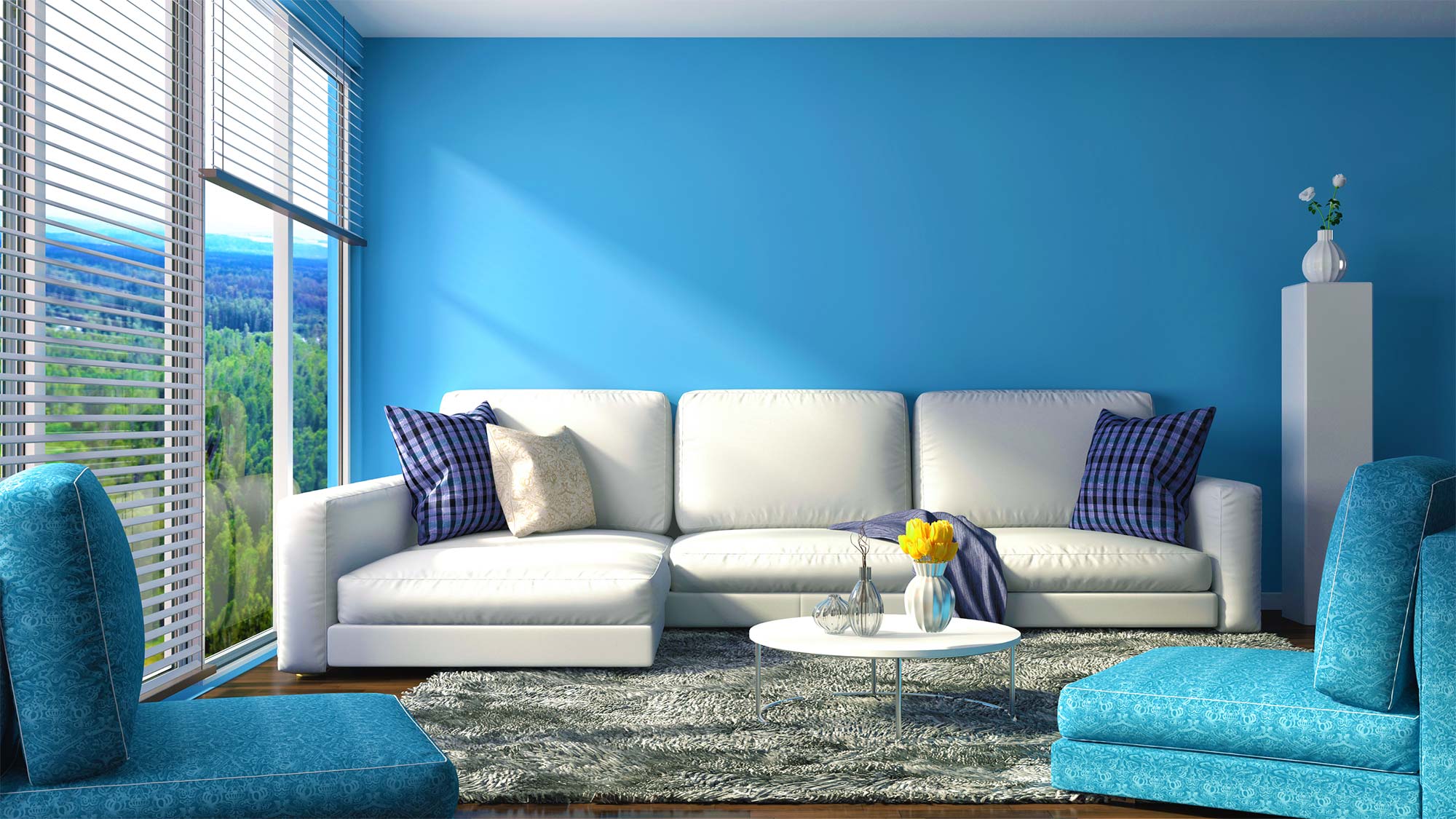
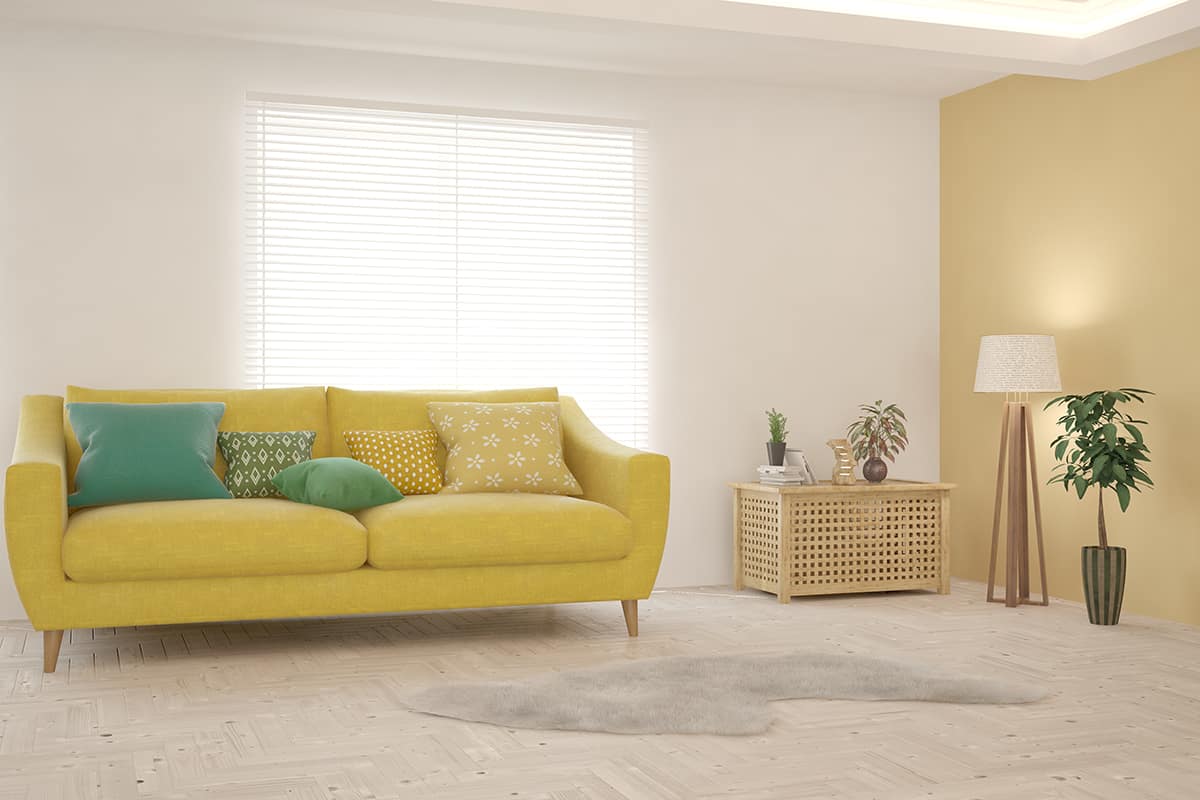
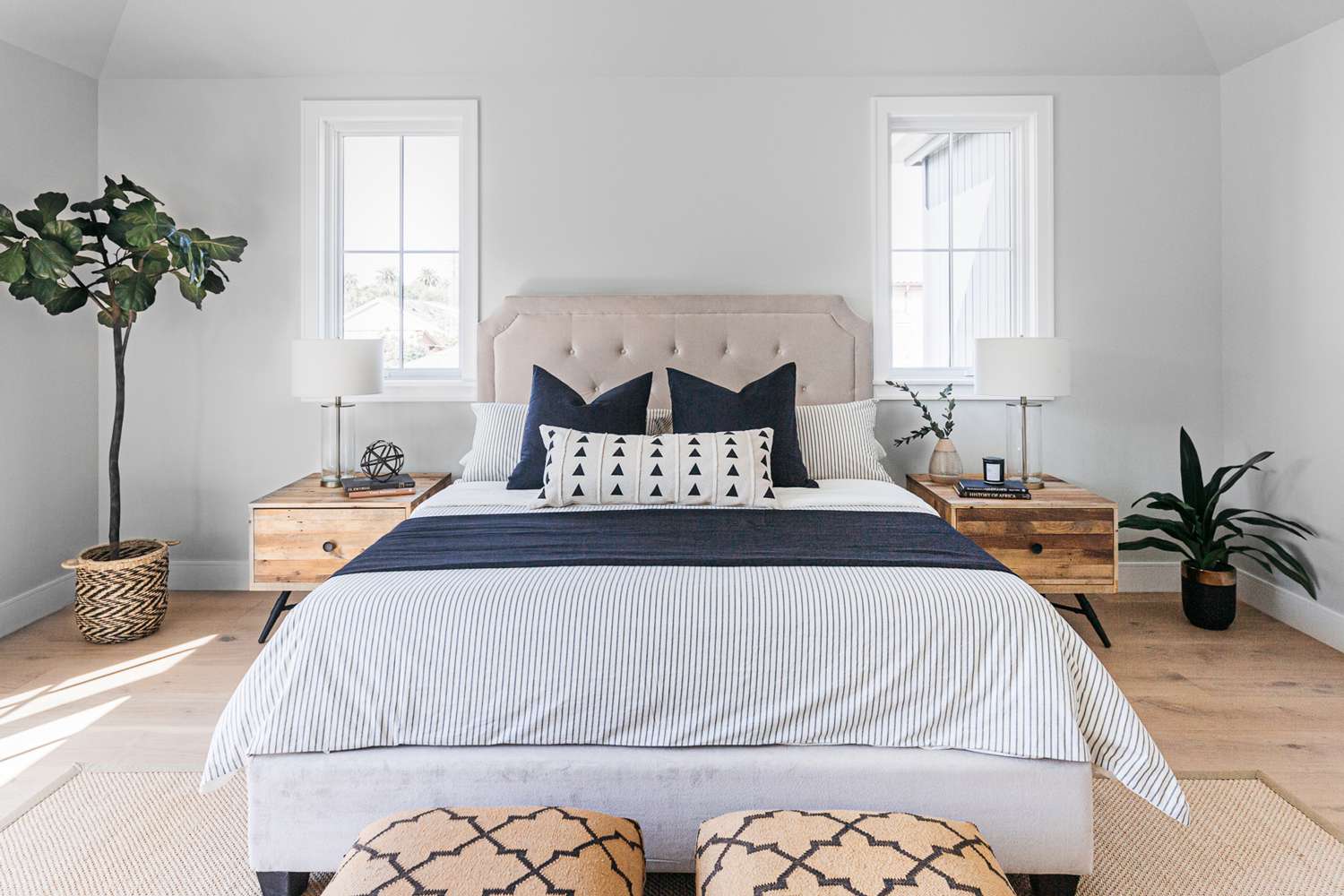
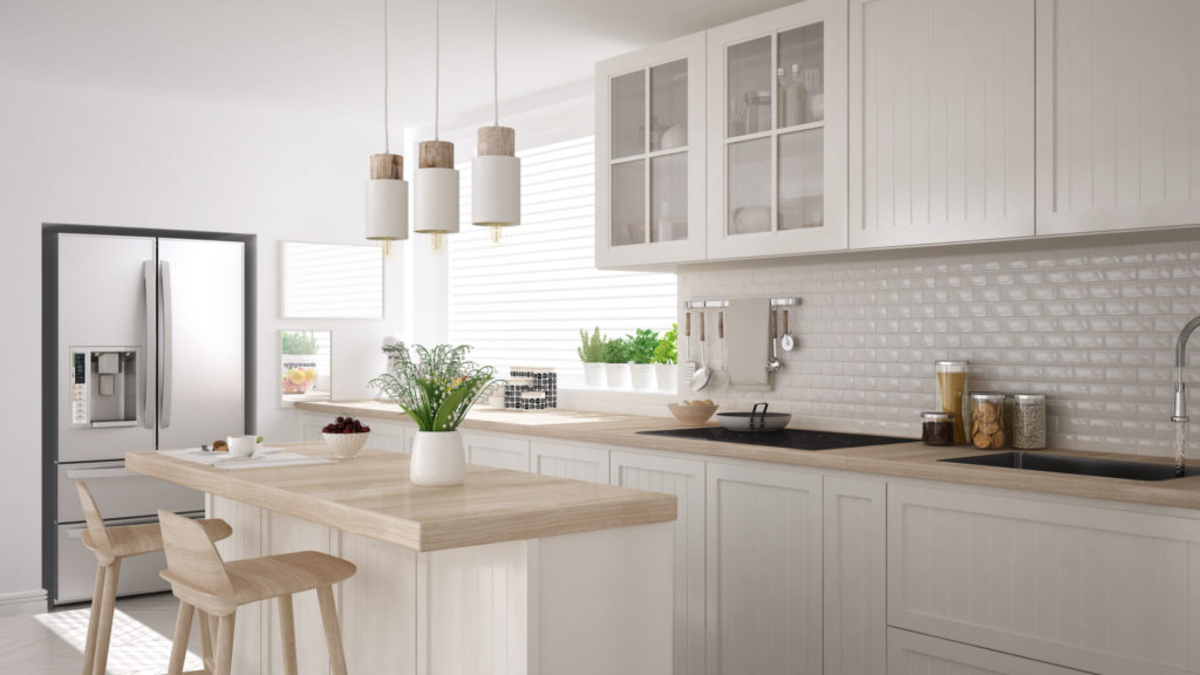
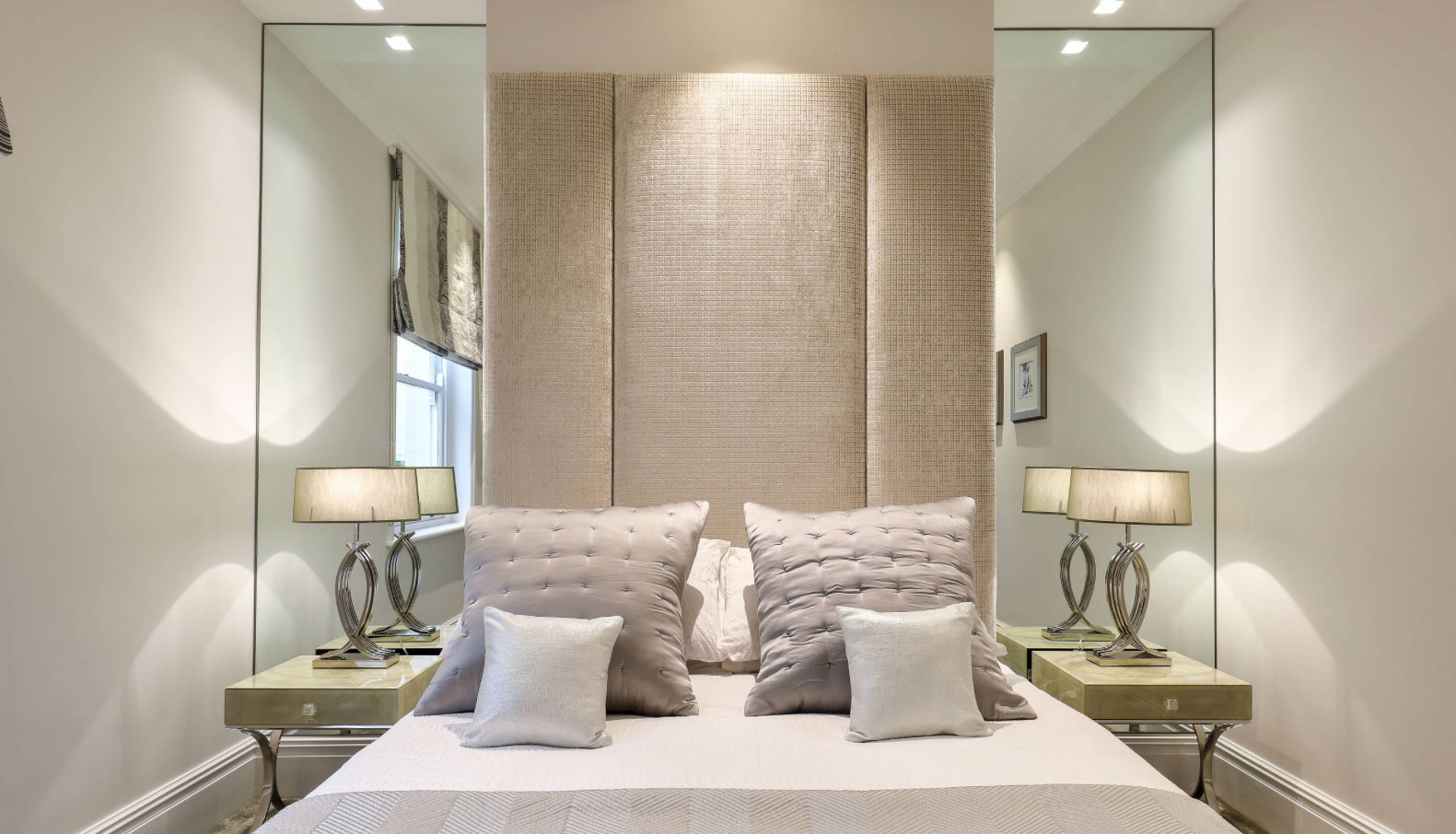
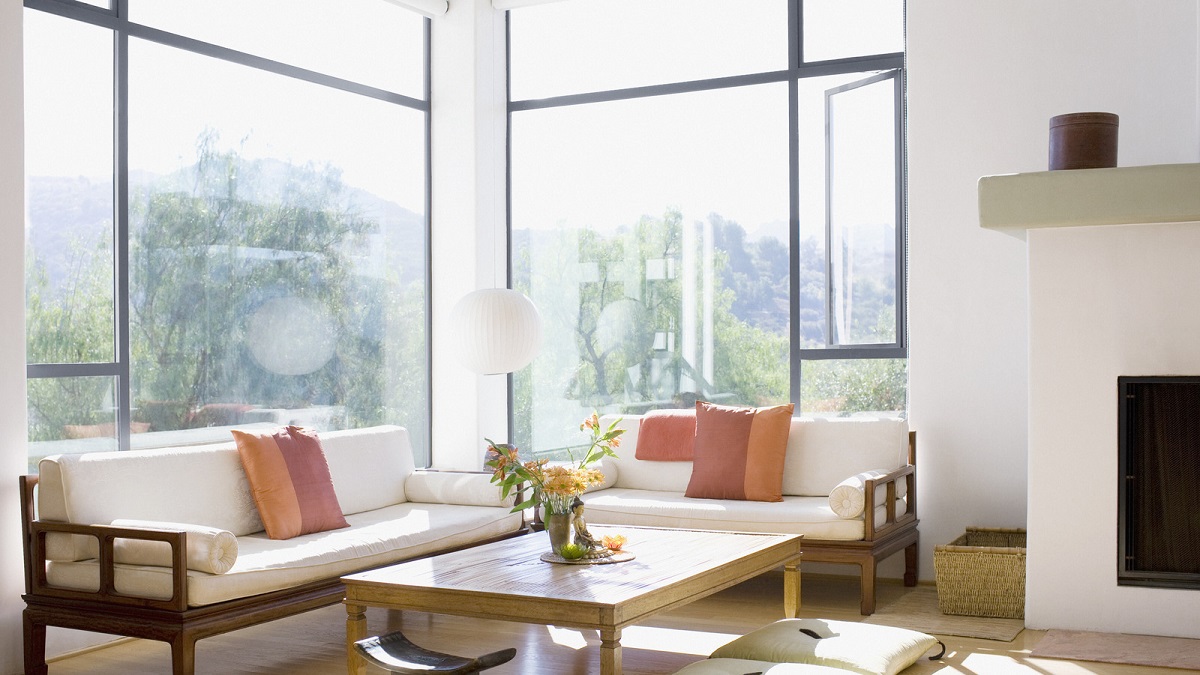
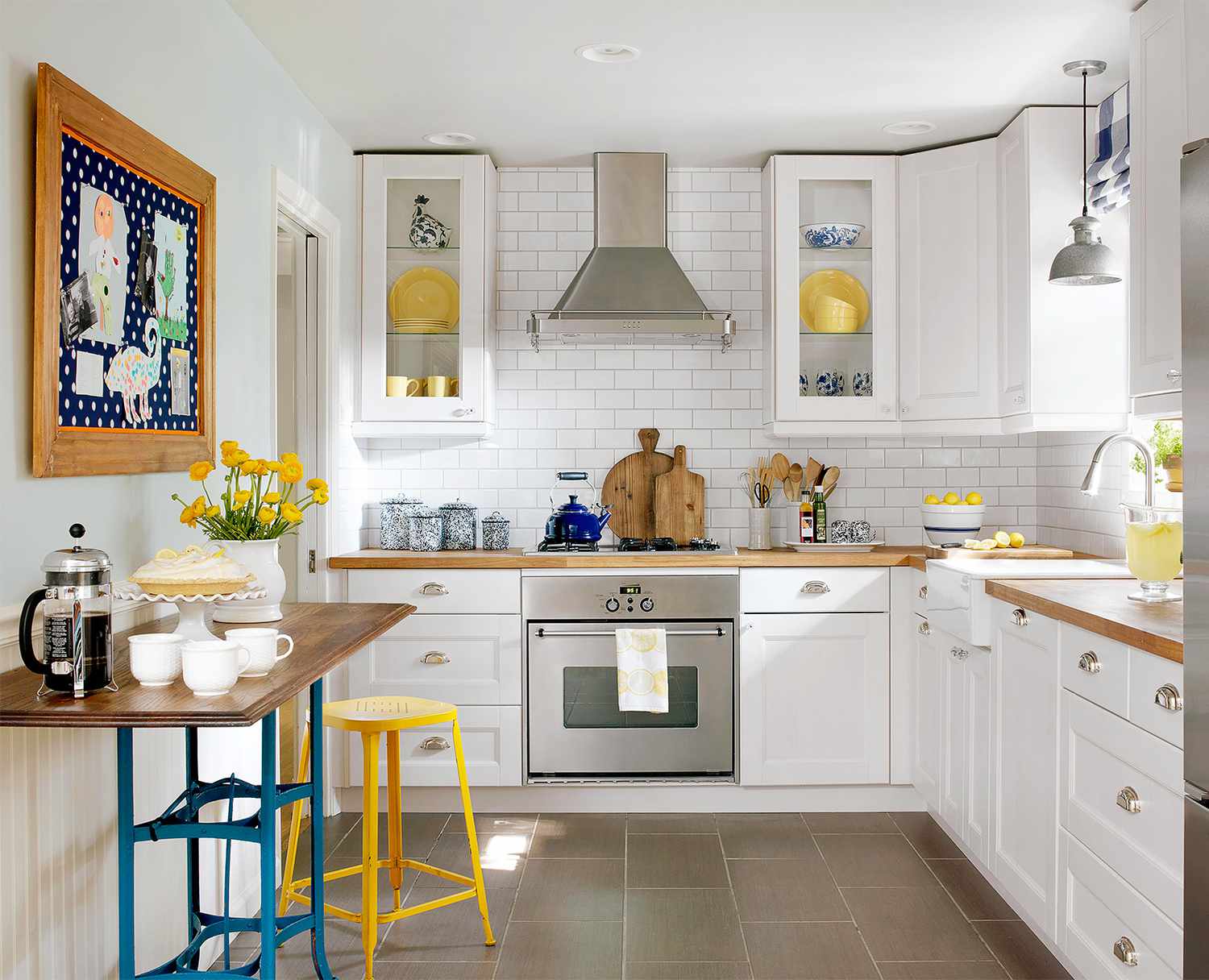
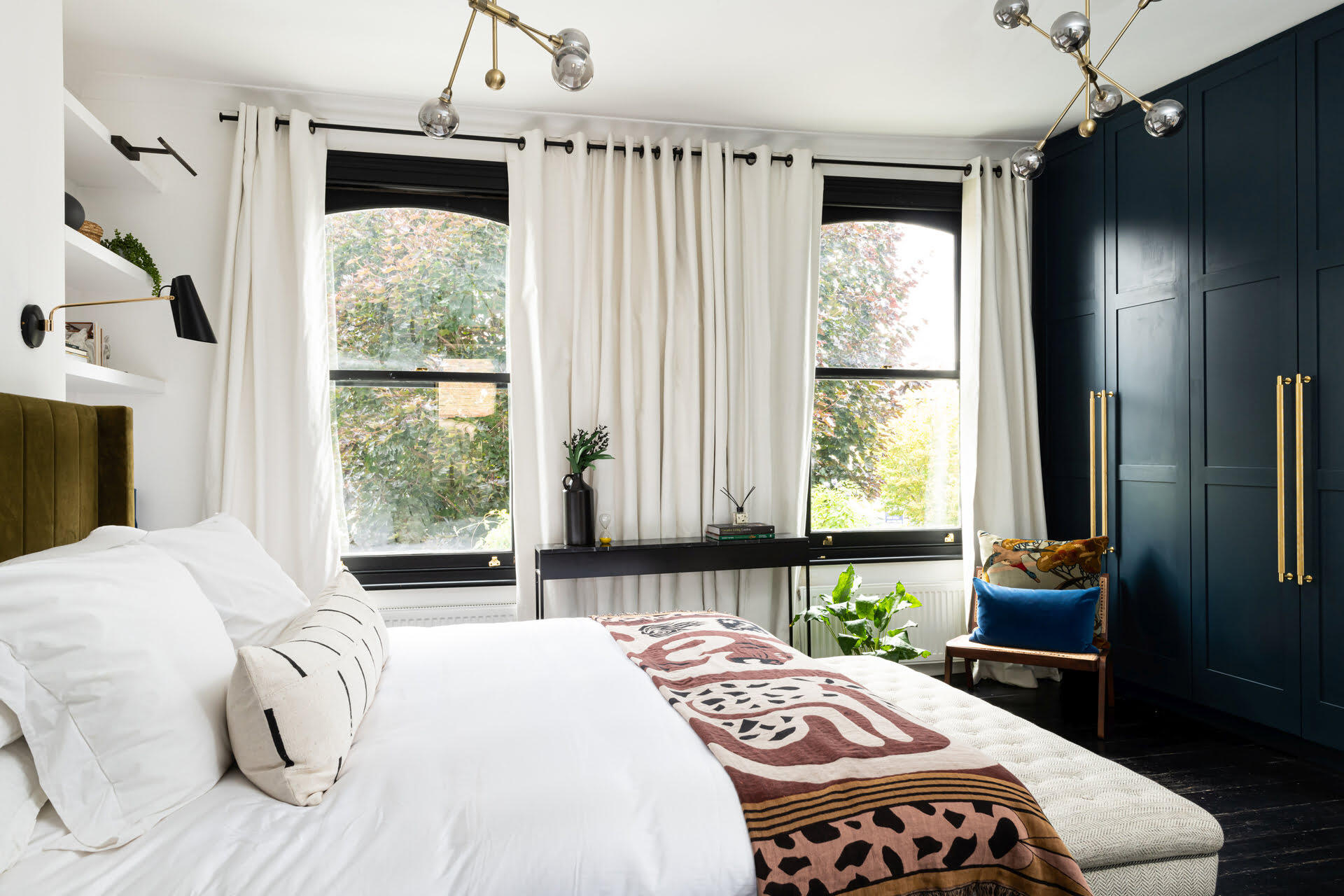


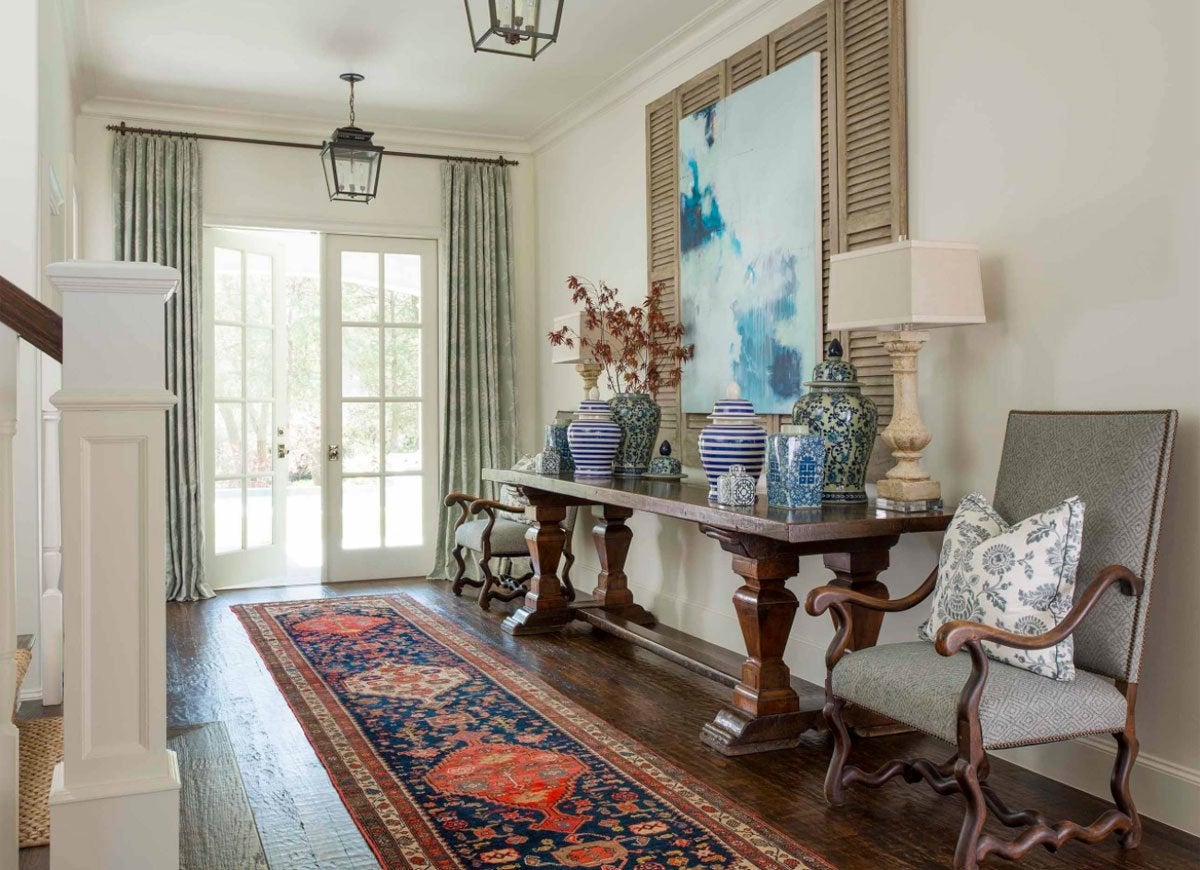
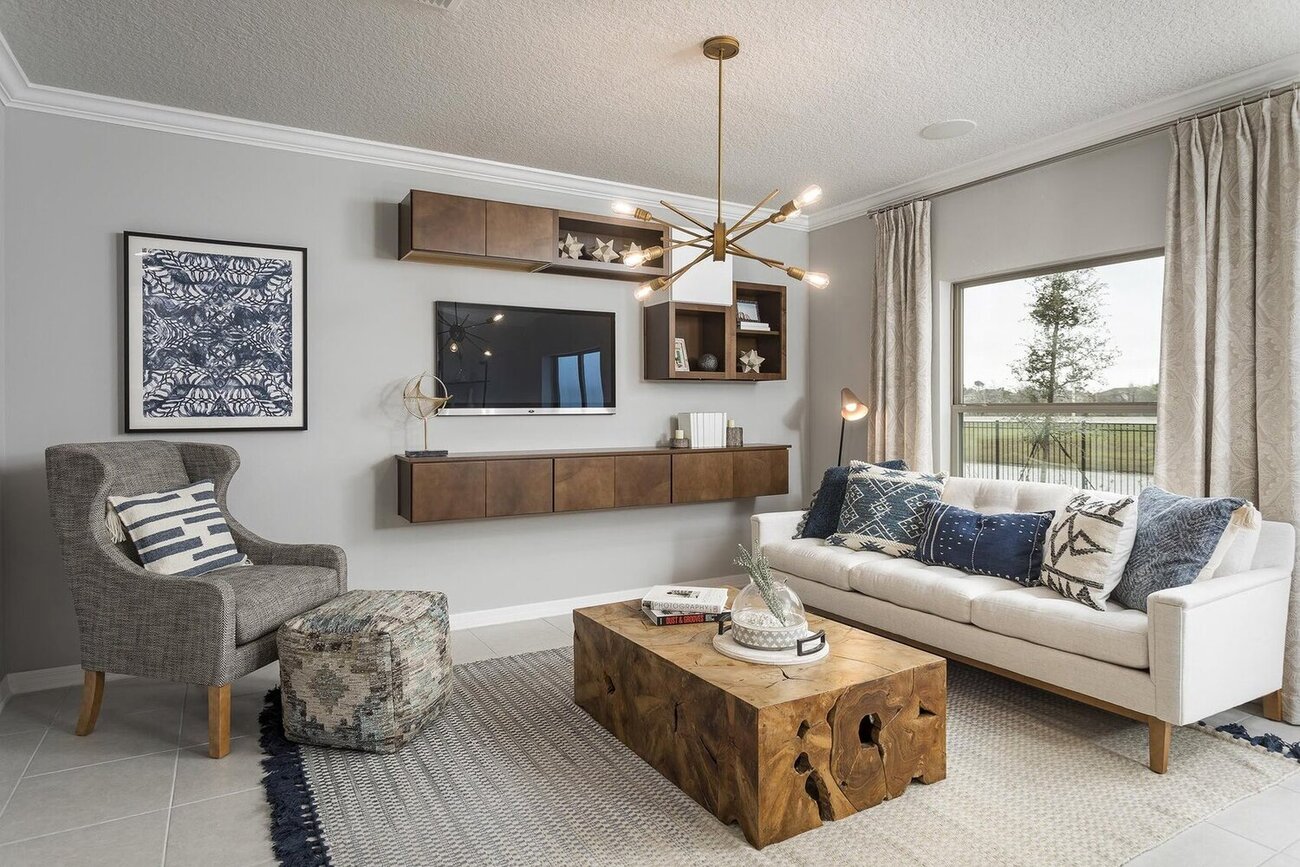
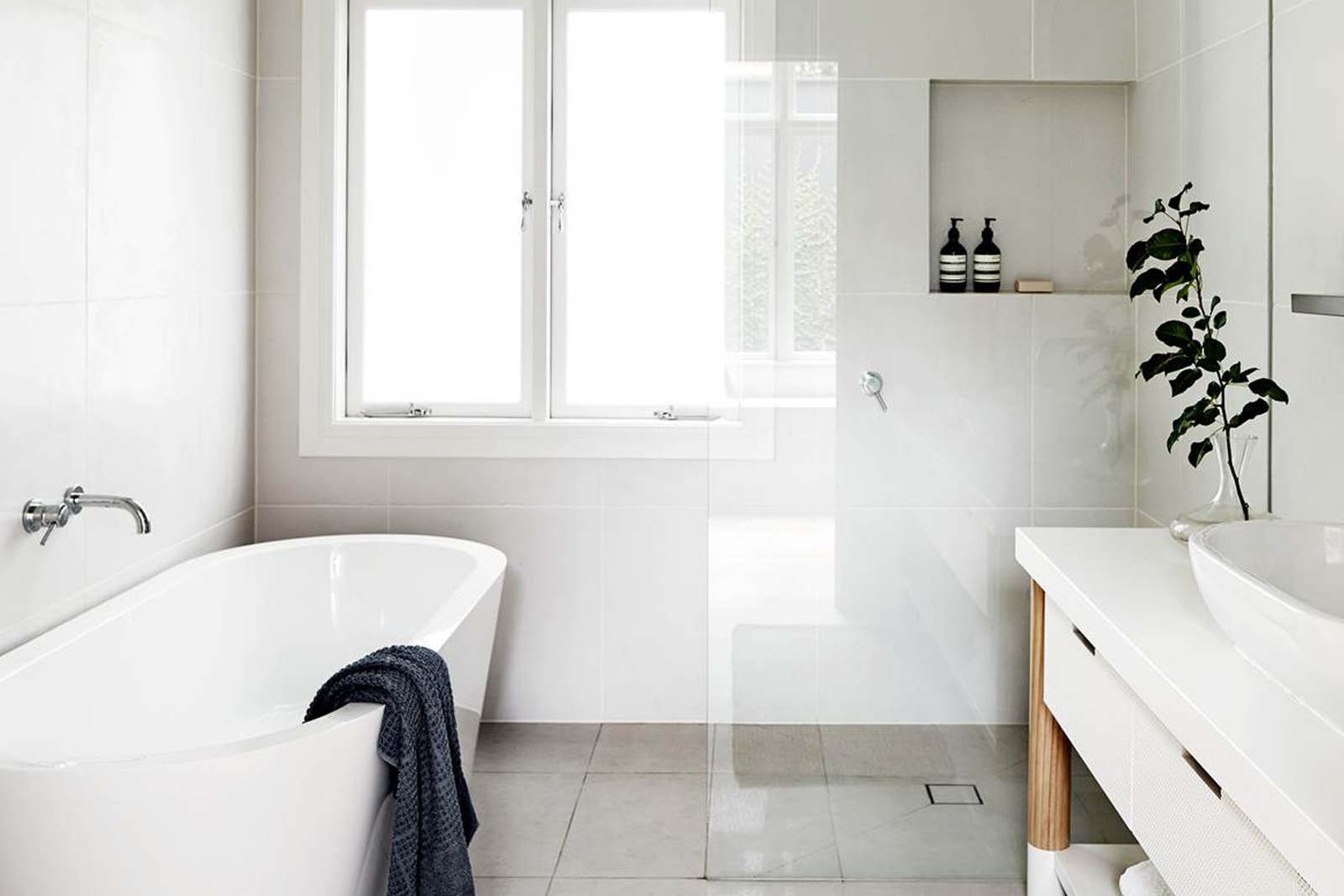

0 thoughts on “What Colors Make A Small Room Look Bigger?”